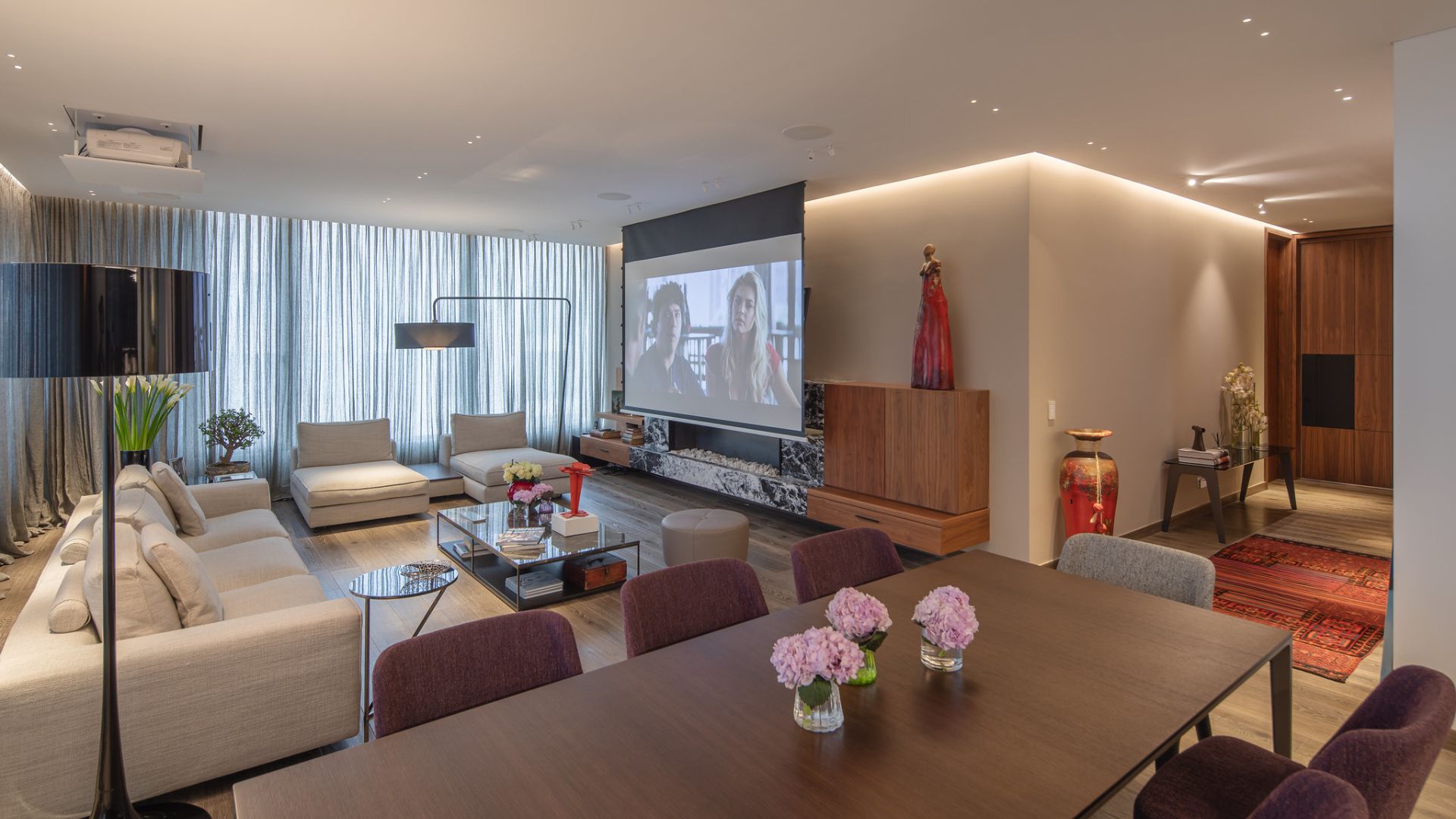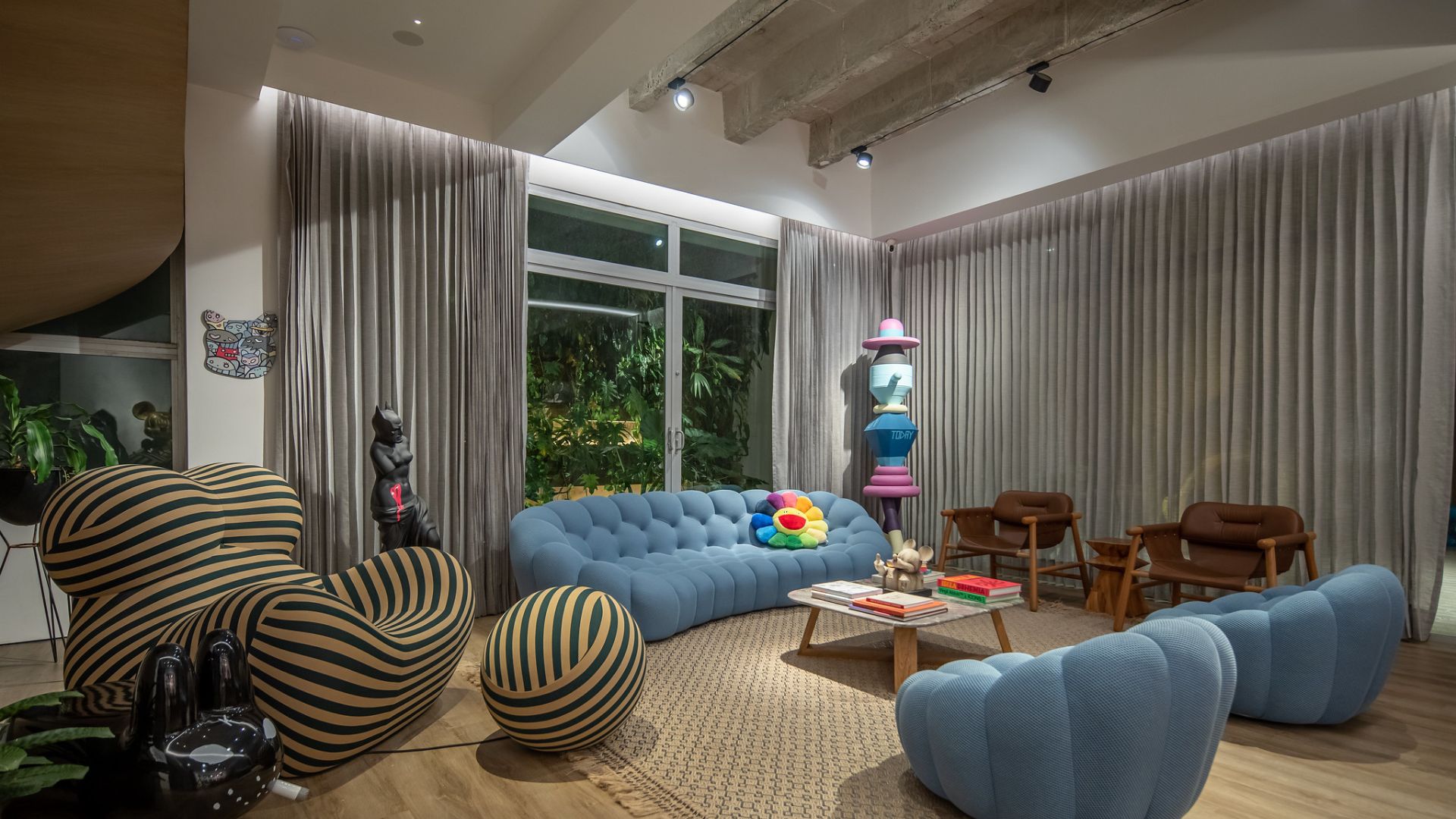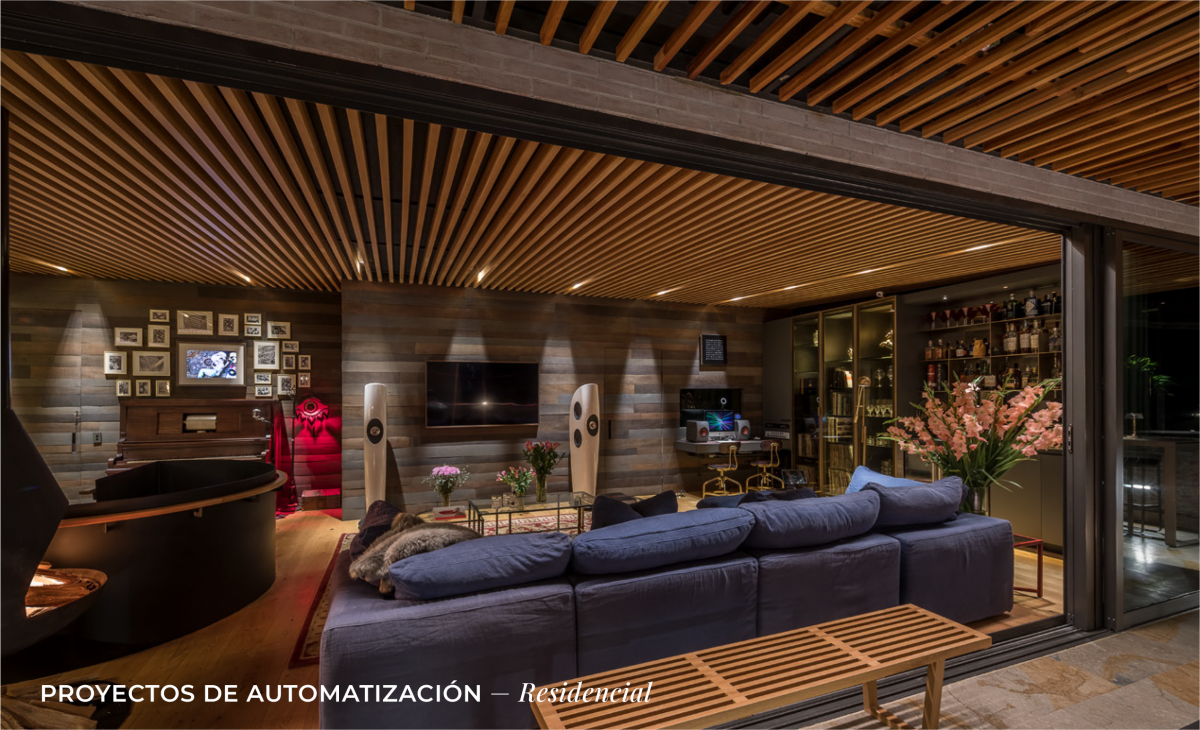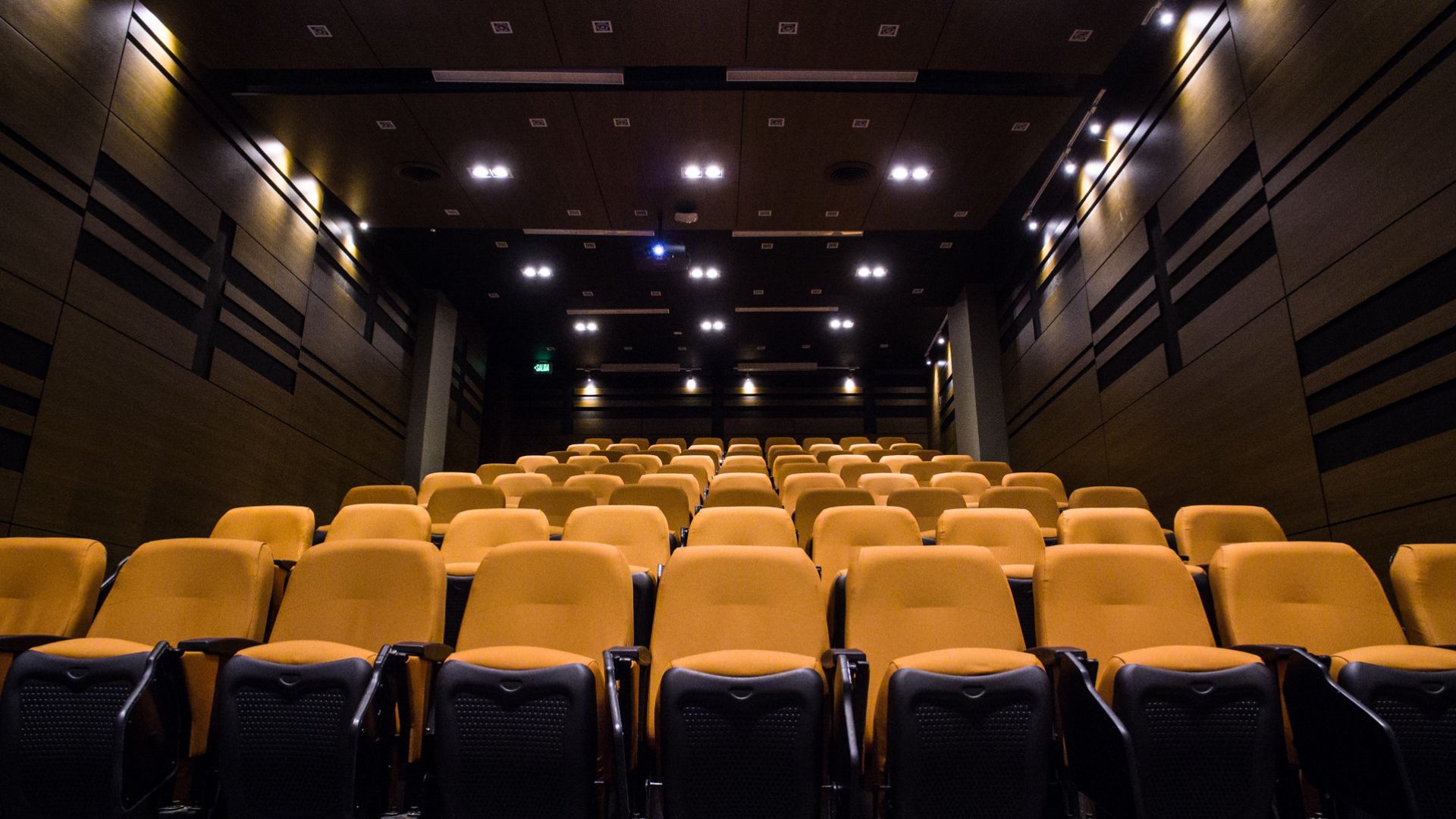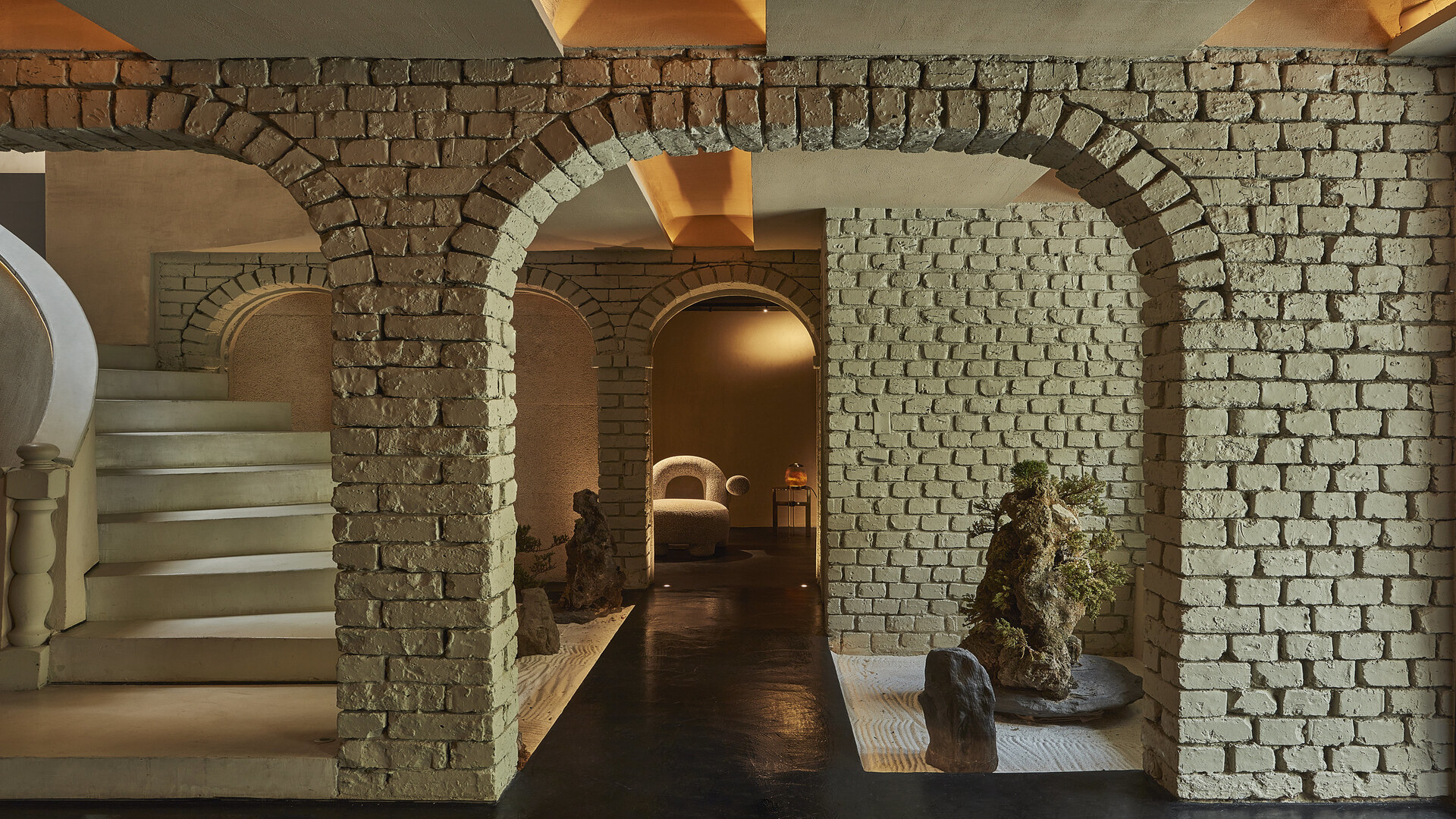Table of contents
Key Takeaways
- Interior lighting design transcends mere functionality, influencing mood, aesthetics, and the overall ambiance of a space, making it a crucial component of interior decoration and design projects.
- Incorporating a mix of ambient, task, and accent lighting can dramatically enhance both the utility and visual appeal of any room, creating layers that cater to various needs and activities.
- Key principles of interior lighting design include achieving balance and harmony, understanding the importance of light layering, and considering the proportion and scale of lighting fixtures in relation to the space.
- Different types of lighting fixtures, such as ambient, task, and accent lighting, serve distinct purposes, from providing general illumination to highlighting architectural features or artwork.
- When planning interior lighting, considering factors like natural lighting, room size and layout, color temperature, and energy efficiency can optimize both the functionality and aesthetic appeal of the environment.
- Tailoring lighting design to the specific needs of different rooms—like creating a versatile scheme for the living room or focusing on task lighting in the kitchen—ensures that each space is not only well-lit but also aligns with its intended use and enhances overall comfort.
Importance of interior lighting design

White colour living room
When we investigate into the area of interior design, the role of lighting can’t be overstated. It’s much more than just a functional aspect of our living spaces; it’s a vital component that shapes our environment, mood, and even health. Let’s explore how lighting elevates interiors through aesthetics, mood, and functionality.
Enhancing the Aesthetics
First impressions matter, and lighting is the ace up our sleeve to make any space captivating. Proper lighting accentuates architectural features, artwork, and interior design elements, bringing out their true colors and textures. It’s all about highlighting the strengths of a space while softly blending away any flaws. We’ve seen how directional lighting can transform a mundane wall into a dynamic feature of the room, creating shadows and depth that weren’t apparent before. Similarly, the right mix of ambient, task, and accent lighting can turn an ordinary room into a visually stunning space that’s both inviting and impressive.
Setting the Mood
Lighting does not just illuminate; it conjures emotions and sets the tone for our experiences. The intensity and color temperature of light influence our psychological and physiological states. For instance, warm lighting imbues a space with a cozy, welcoming aura, ideal for living rooms or dining areas where relaxation is key. On the other hand, cooler light mimics daylight, promoting concentration and alertness, perfect for home offices or study areas. By tailoring the lighting design to the intended use of each space, we can enhance the ambiance to match our desired mood, whether it’s a serene retreat or an energizing workspace.
Improving Functionality
Beyond aesthetics and mood, lighting is pivotal in enhancing the functionality of a space. Adequate lighting ensures that tasks can be performed comfortably without straining our eyes, be it reading, cooking, or any detailed work. Innovations in lighting technology have introduced us to smart lighting systems, allowing for seamless control over brightness levels and even color tones, adaptable to our specific needs at any time of day. Strategic placement of task lighting can drastically improve the usability of a space, ensuring that areas with specific functions are adequately lit, thereby enhancing overall productivity and safety.
In every room, lighting plays a crucial role in transforming the space into something special. It’s not just about installing light fixtures; it’s about understanding how light impacts us and using that knowledge to create environments that enrich our lives. Through the clever application of lighting, we can achieve stunning aesthetics, set the desired mood, and ensure our spaces are perfectly attuned to our functional needs.
Principles of interior lighting design
When delving into the principles of interior lighting design, we uncover the core elements that bring a space to life. These principles not only enhance the mood and functionality of our environments but also reflect the personality and style of the space. Let’s explore some of the key principles.
Balance and Harmony
Balance and harmony in lighting design ensure that no area is too bright or too dim, creating a visually appealing and comfortable space. We achieve balance by evenly distributing light sources and considering the interplay of natural and artificial light throughout the day. Harmony, on the other hand, is about creating a cohesive look by ensuring all lighting elements complement each other and the overall design scheme. By focusing on these aspects, we can craft spaces that are both inviting and serene, where every light source works in concert to create a unified ambiance.
Layering
Layering is a concept we can’t overlook in interior lighting design. It involves using a variety of light sources at different levels to create depth, interest, and flexibility in a space. There are three main types of lighting layers:
- Ambient lighting: Provides overall illumination.
- Task lighting: Focuses on specific areas to assist in activities.
- Accent lighting: Highlights architectural features or artwork.
Integrating these layers effectively allows us to tailor lighting to our current needs and activities, enhancing both the functionality and aesthetics of a room. Whether it’s reading a book, preparing a meal, or showcasing a prized painting, layering ensures that we have the right light for the task at hand.
Proportion and Scale
Understanding proportion and scale is crucial in selecting the right lighting fixtures for our spaces. Lighting should complement the size of the room and its furnishings, neither overwhelming them nor getting lost within the space. Here’s a quick guide to help maintain proper proportion and scale:
| Type of Space | Fixture Size Guide |
|---|---|
| Small room | 18-24 inches wide |
| Medium room | 24-36 inches wide |
| Large room | 36 inches and above |
By adhering to these dimensions, we can ensure that our lighting choices enhance rather than disrupt the spatial harmony. It’s not only about the size but also the placement of lighting fixtures in relation to furniture and room dimensions that affects our perception of space. Through mindful consideration of proportion and scale, we can achieve a balanced and aesthetically pleasing environment.
Types of lighting fixtures

Targetti Lighting Apto Barranquilla
In our journey through the intricacies of interior lighting design, it’s crucial to investigate into the types of lighting fixtures that play pivotal roles in shaping the ambiance and functionality of any space. By understanding these fixtures, we equip ourselves to create environments that are not only visually appealing but also deeply harmonious with the room’s intended purpose.
Ambient Lighting
Ambient lighting, often referred to as general lighting, serves as the foundation of a room’s lighting plan. It’s the soft, diffused glow that blankets your space evenly, eliminating shadows and allowing for the seamless performance of everyday activities. Think of it as the natural light of your interior space. Ceiling-mounted fixtures, LED downlights, and chandeliers are prime examples of fixtures providing ambient lighting. They’re specifically designed to cast light downwards or across the room, ensuring a uniform level of illumination throughout.
Task Lighting
Next in our lighting arsenal is task lighting, which, as the name suggests, is all about functionality. It’s the focused, directional light that illuminates specific areas where activities requiring attention to detail take place. Whether it’s reading in a cozy corner, preparing meals in the kitchen, or working in your home office, task lighting fixtures such as under-cabinet lights, desk lamps, and pendant lights come to the rescue. They ensure that ample light is directed exactly where it’s needed, enhancing productivity and reducing eye strain in the process.
Accent Lighting
Finally, we have accent lighting, the layer that adds depth, dimension, and drama to a space. It’s the strategic spotlighting that highlights architectural features, artwork, or any element you wish to draw attention to. Accent lighting can transform an ordinary room into a gallery of personal treasures, turning the mundane into the magnificent. Track lights, wall-mounted fixtures, and recessed spotlights are typically employed to achieve this effect. They create focal points, guiding the eye and adding to the overall ambiance of the room.
By incorporating these types of lighting fixtures into our design schemes, we seize the ability to control not just the appearance, but the mood and functionality of our spaces. Our homes become reflections of our taste, our needs, and our creativity, illuminated in the best possible light.
Factors to consider in interior lighting design
In designing the ideal lighting plan for any interior space, there are several critical factors we can’t afford to overlook. These elements not only affect the aesthetics and functionality of a room but also dictate how we perceive and interact within our environments. Let’s investigate into these key aspects.
Natural Lighting
Harnessing the power of natural lighting can dramatically transform a space. It’s not just about saving energy; natural light has a profound impact on our mood and health. By strategically placing windows and using reflective surfaces, we can maximize daylight, thereby reducing the need for artificial lighting during the day. Attention to the direction windows face can help control the amount of natural light a room receives, with north-facing windows offering consistent, natural illumination and south-facing ones providing the brightest, most direct light.
Room Size and Layout
The size and layout of a room directly influence our lighting choices. Larger spaces often require more powerful, or numerous, lighting sources to maintain an evenly lit atmosphere. Conversely, smaller rooms can benefit from fewer, strategically placed fixtures. When planning, it’s essential to consider both the physical dimensions and the functional zones within a space. A well-thought-out lighting plan addresses the unique needs of each area, ensuring that every corner of the room serves its intended purpose.
Color Temperature
Color temperature plays a pivotal role in creating the desired ambiance within a space. Measured in Kelvins (K), color temperature ranges from warm to cool tones. Warm lighting (2700K – 3000K) creates a cozy, inviting atmosphere, ideal for living rooms and bedrooms. On the other hand, cool lighting (3500K – 5000K) enhances focus and productivity, making it a suitable choice for home offices and kitchens. Understanding the psychological effects of color temperature allows us to tailor our environments to support our daily routines and preferences.
Energy Efficiency
Today, energy efficiency isn’t just a buzzword; it’s a critical consideration in interior lighting design. Opting for energy-efficient lighting fixtures reduces our carbon footprint and leads to significant savings on electricity bills. LED lights, for instance, use at least 75% less energy and last 25 times longer than traditional incandescent bulbs. Investing in technologies like motion sensors and dimmers can further optimize energy consumption, ensuring light is used precisely when and where it’s needed. By prioritizing energy efficiency, we not only contribute to a sustainable future but also create cost-effective, enduring lighting solutions for our homes and workplaces.
Lighting design tips for different rooms

Kitchen Area white lighting
Creating the perfect lighting design for each room in our house isn’t just about choosing stylish fixtures. It’s about understanding how light can be used to make a space feel cosy, functional, and inviting. Let’s jump into how we can illuminate each room to match its purpose and enhance its ambiance.
Living Room
The living room is where we unwind, entertain, and spend a lot of our time. Hence, it’s paramount that the lighting is versatile. Ambient lighting should act as the foundation, providing a comfortable level of brightness. Layering with task lighting, like floor lamps beside reading nooks or table lamps on side tables, ensures we have the light we need for specific activities. Accent lighting can then highlight artwork, bookshelves, or architectural details, adding character and depth to the space. Dimmer switches are a game-changer here, offering us the flexibility to adjust lighting levels according to the time of day or the mood we wish to create.
Home Theater
In a home theater, lighting plays a critical role in mimicking the immersive experience of a cinema. Soft, ambient light minimizes glare on the screen while still allowing us to move around safely. Consider installing recessed lighting in the ceiling with dimmable LED bulbs that can be adjusted or turned off during viewing. For an authentic theater feel, add LED strip lights along the baseboard or behind the screen for a soft glow that doesn’t distract from the cinematic experience.
Bedroom
Our bedroom is our sanctuary, requiring lighting that promotes relaxation and comfort. Warm, soft ambient lighting works best, preferably from a ceiling fixture or soft, diffused lamps. Task lighting, such as bedside lamps or wall sconces, allows for reading and other activities without overwhelming the space with brightness. To truly tailor our bedroom to our needs, incorporating dimmer switches or smart lighting systems can create the perfect atmosphere for winding down or waking up gently.
Kitchen
The kitchen is the heart of the home and a multifunctional space where lighting is crucial. Ambient lighting provides overall brightness, while task lighting is essential for safety and functionality—think under-cabinet LEDs that illuminate countertops without casting shadows. Pendant lights over islands or dining areas add style and focused lighting. It’s important to use bulbs with a higher lumens count in the kitchen to ensure a cleanly lit working area.
Bathroom
In the bathroom, good lighting is essential for daily routines from applying makeup to shaving. Ambient lighting should fill the general space, while task lighting is critical around the mirror. Vertical fixtures or sconces placed on either side of the mirror eliminate shadows and evenly distribute light across our faces. For a touch of luxury and relaxation, consider adding a dimmable chandelier or waterproof LED lights in the shower area.
Get In Touch
We’ve journeyed through the essentials of interior lighting design, from understanding the layers of lighting to tailoring the design for each room’s unique needs. It’s clear that the right lighting can transform a space, not just by enhancing its beauty but also by improving its functionality and energy efficiency. Whether it’s the soft glow of ambient lighting, the focused clarity of task lighting, or the dramatic flair of accent lighting, each plays a pivotal role in creating the perfect atmosphere. Remember, the key to a successful lighting design lies in balancing these elements to achieve the desired mood and functionality. So let’s embrace these insights and illuminate our spaces in ways that reflect our style and meet our living needs. Together, we can bring out the best in our homes, making them not just visually appealing but also comfortable and sustainable.
Frequently Asked Questions
What are the three main types of lighting layers mentioned in the article?
The three main types of lighting layers are ambient lighting, which provides a soft, overall light to a space; task lighting, offering focused light for specific activities; and accent lighting, which highlights architectural features or artwork to add depth and interest to a room.
How does ambient lighting differ from task and accent lighting?
Ambient lighting offers a soft, diffused glow that evenly illuminates a space, providing general light. In contrast, task lighting provides focused, direct light for specific activities like reading or cooking. Accent lighting is used to highlight architectural features, artwork, or focal points in a room, adding drama and visual interest.
What factors should be considered in interior lighting design?
Key factors in interior lighting design include the power of natural lighting, the size and layout of the room, color temperature of the lights, and energy efficiency. These elements help create a balanced, functional, and aesthetically pleasing lighting scheme.
How can lighting design vary from room to room?
Lighting design should be tailored to each room’s specific needs and functions. For example, living rooms may benefit from a mix of all three lighting types for versatility, while home theaters require dimmable ambient lighting. Kitchens need bright task lighting, and bathrooms benefit from task lighting around mirrors. Each room’s lighting design considers its unique activities and ambiance.
Why is energy efficiency important in lighting design?
Energy efficiency is crucial in lighting design for both environmental and economic reasons. It reduces the overall energy consumption of a home, lessening the environmental impact and lowering electricity bills. Energy-efficient lighting, like LED bulbs, also tends to have a longer lifespan, reducing waste and the need for frequent replacements.
Our Portfolio
Table of contents
